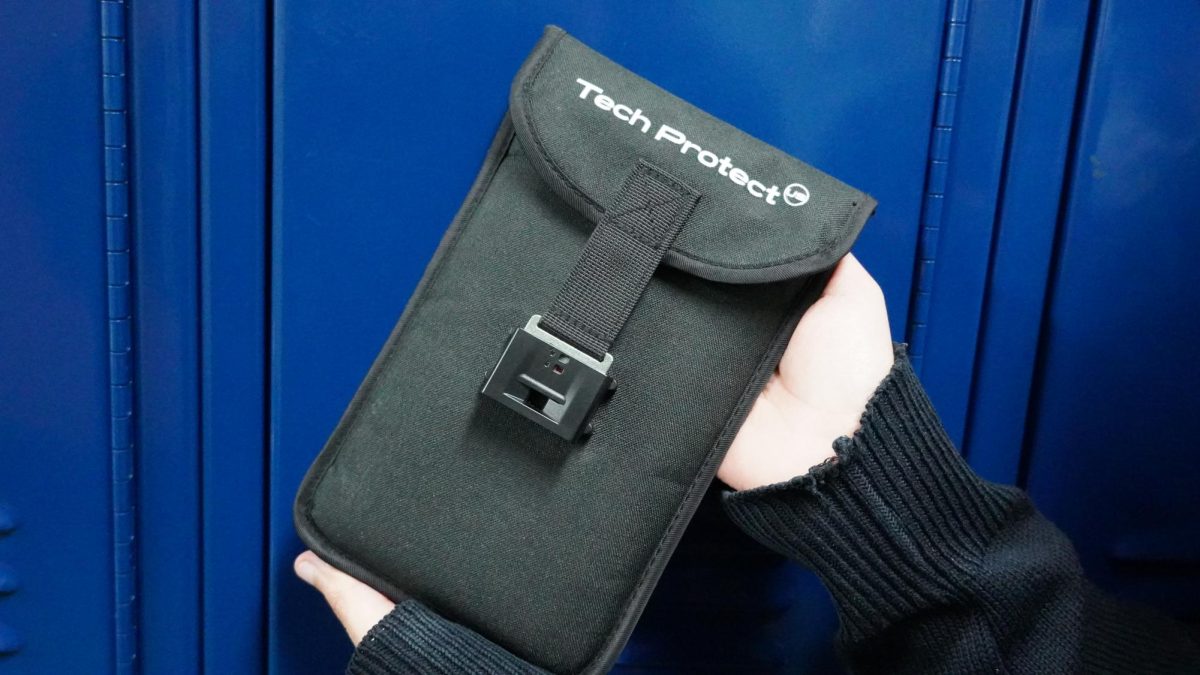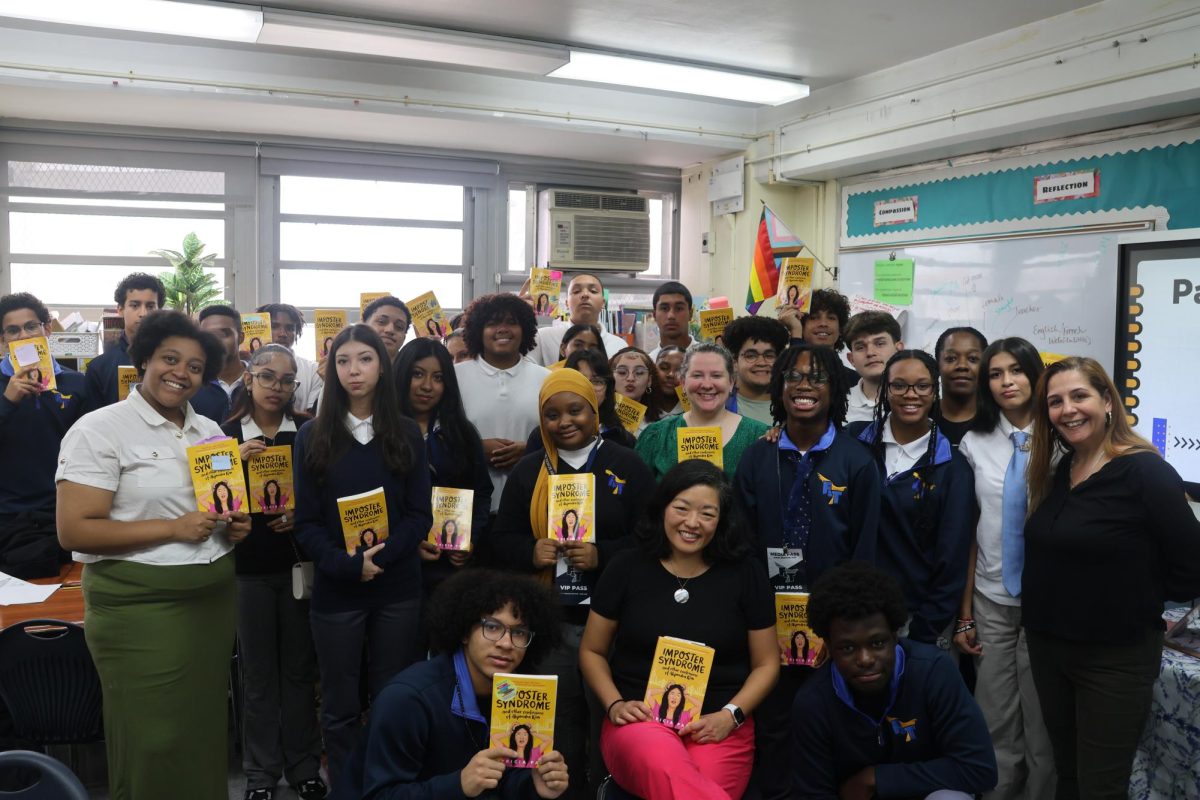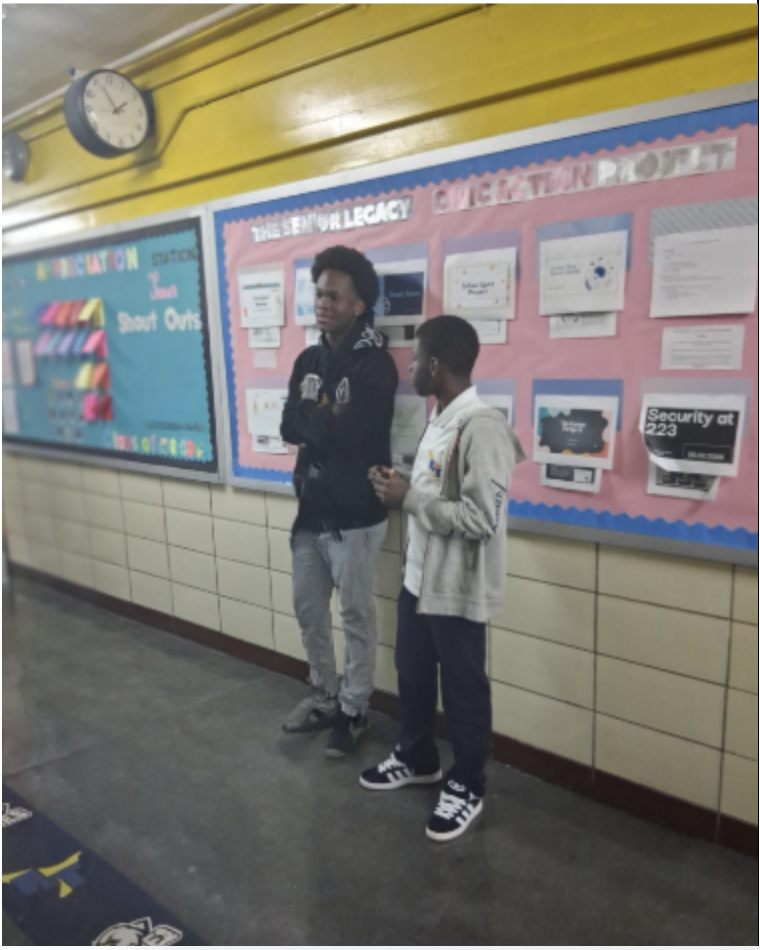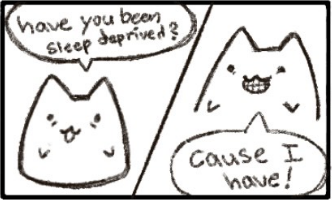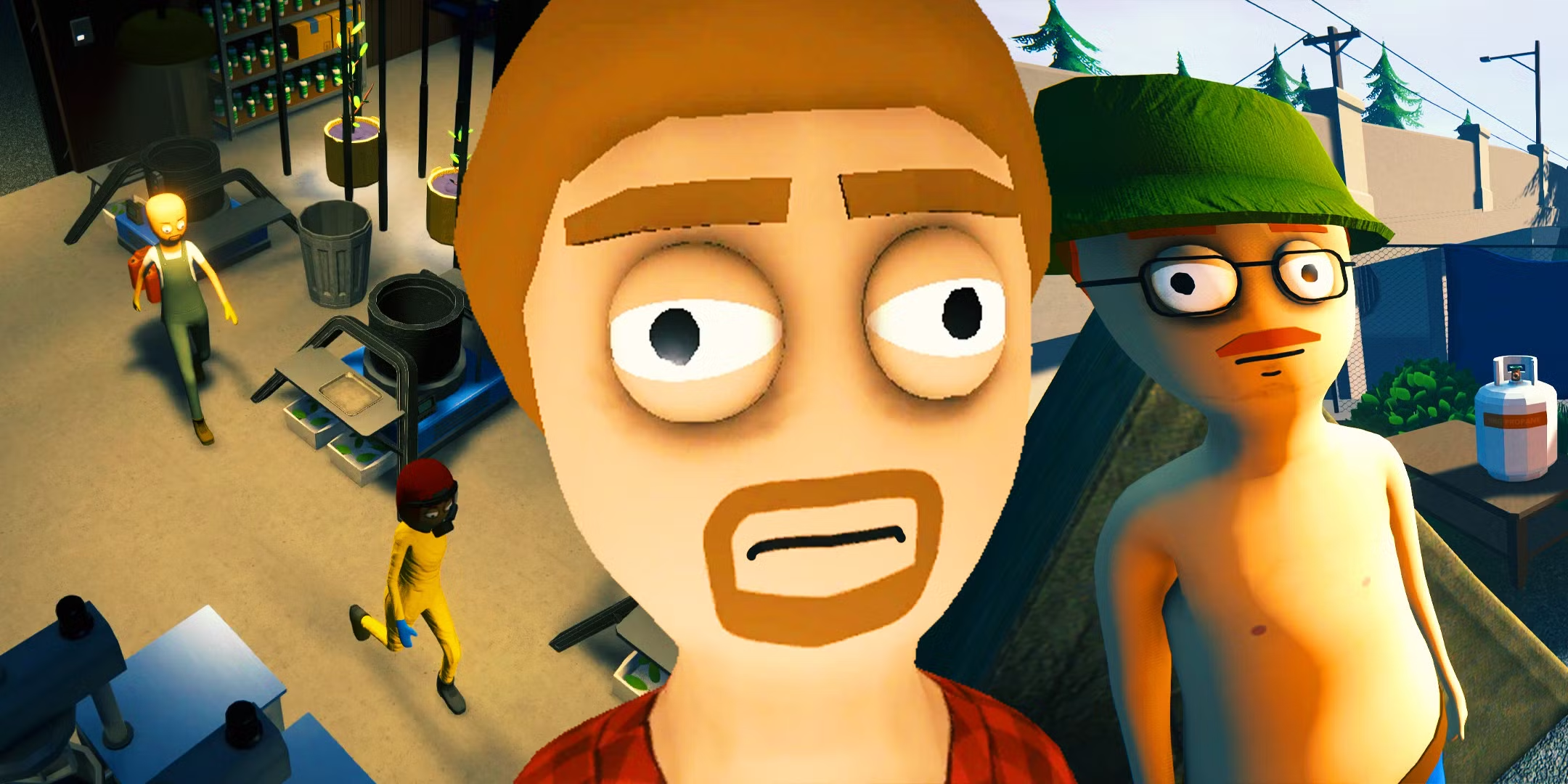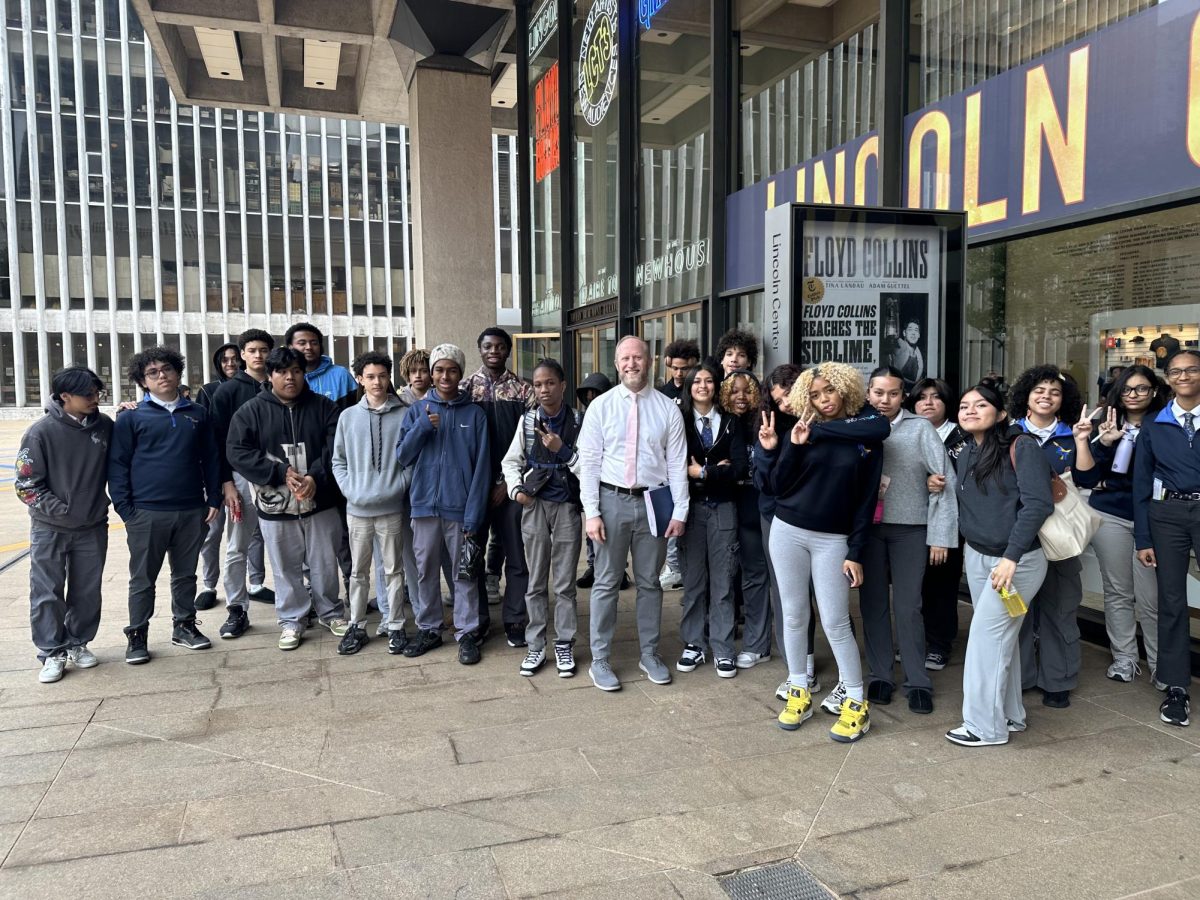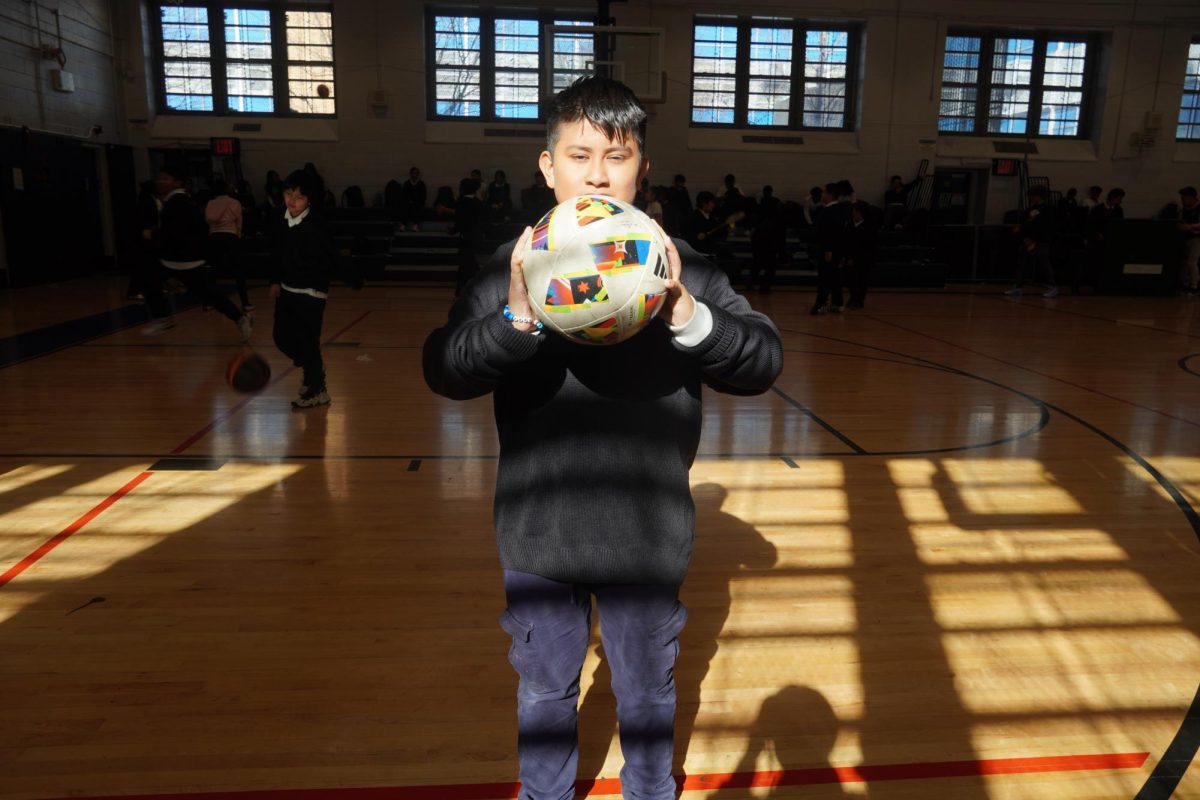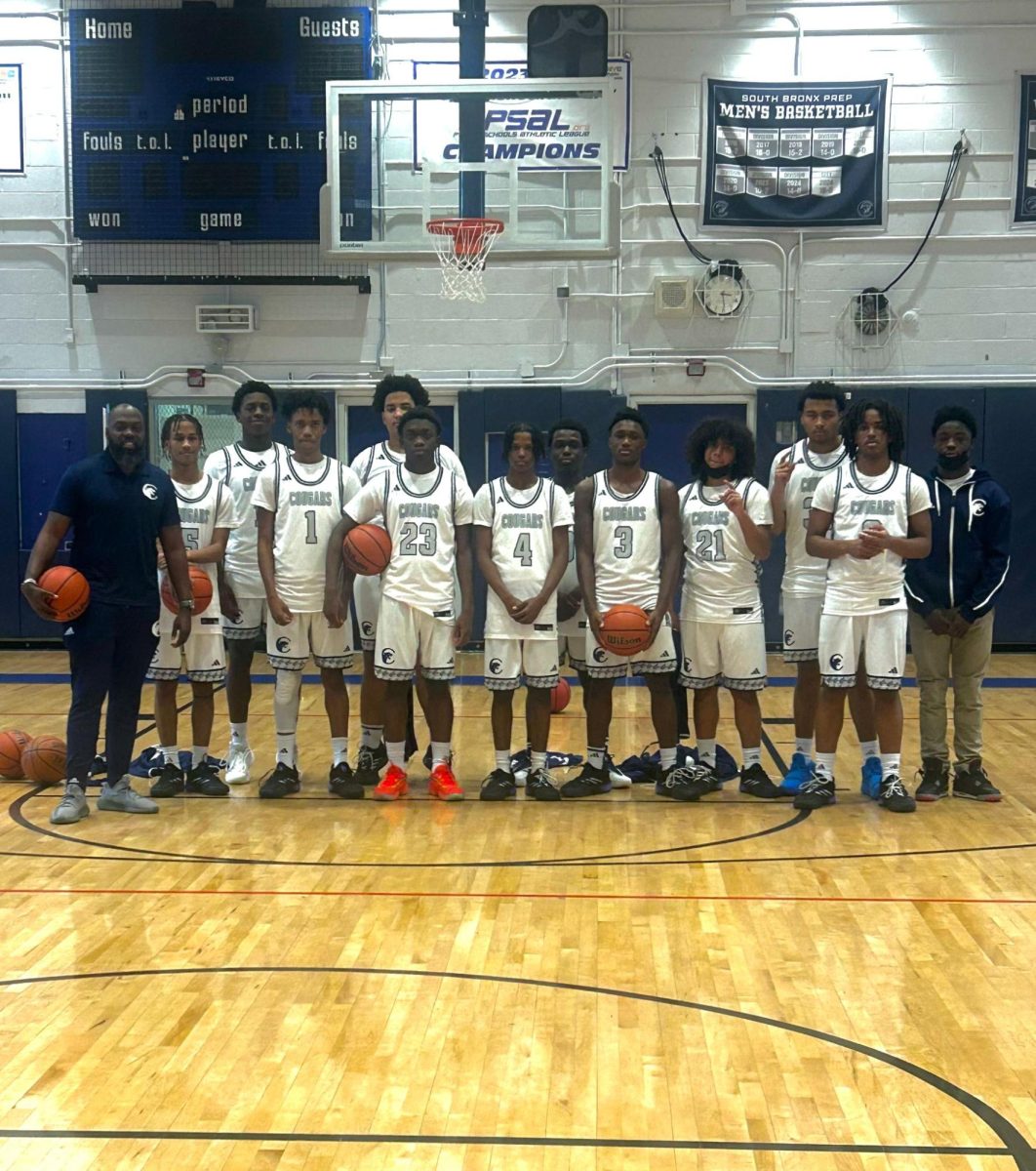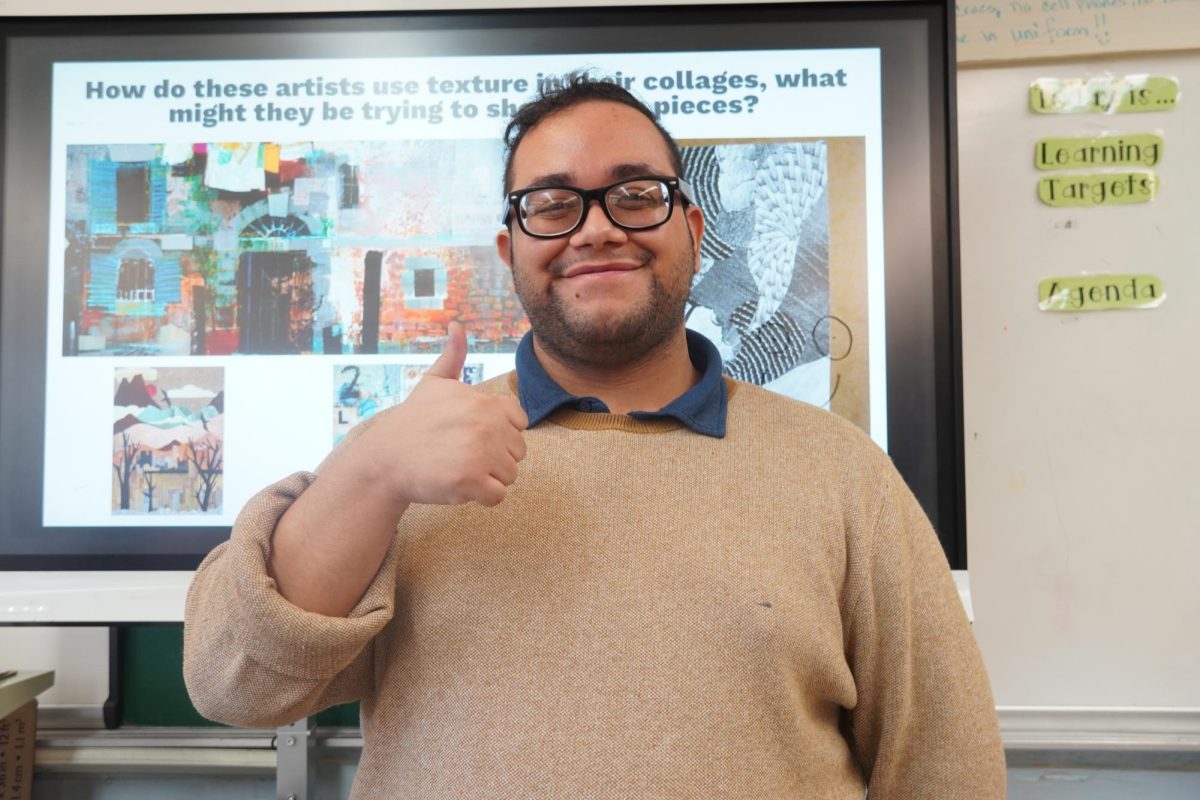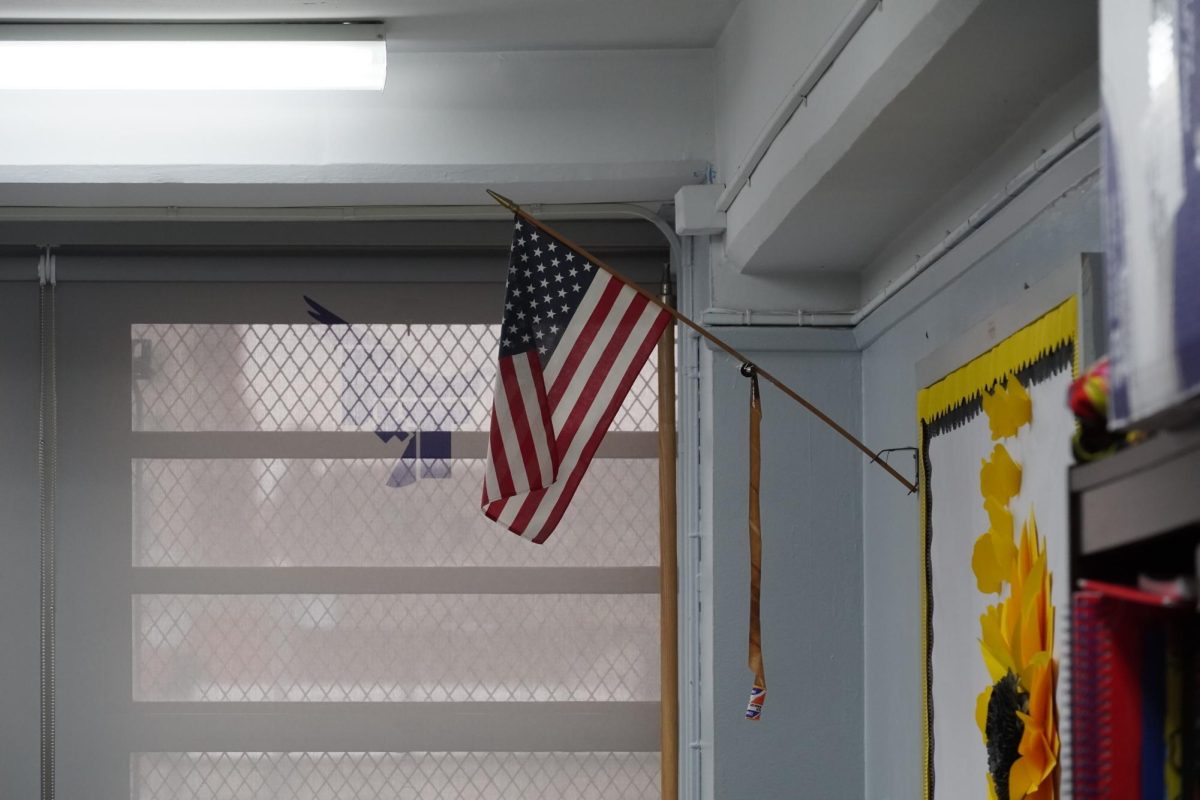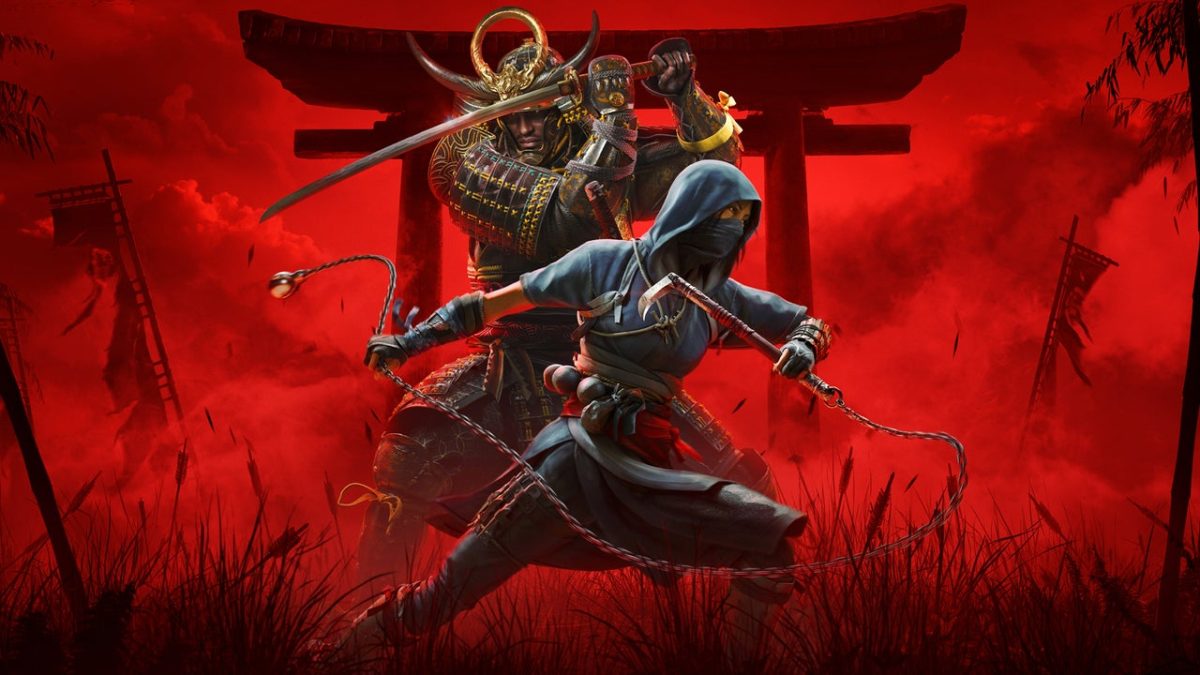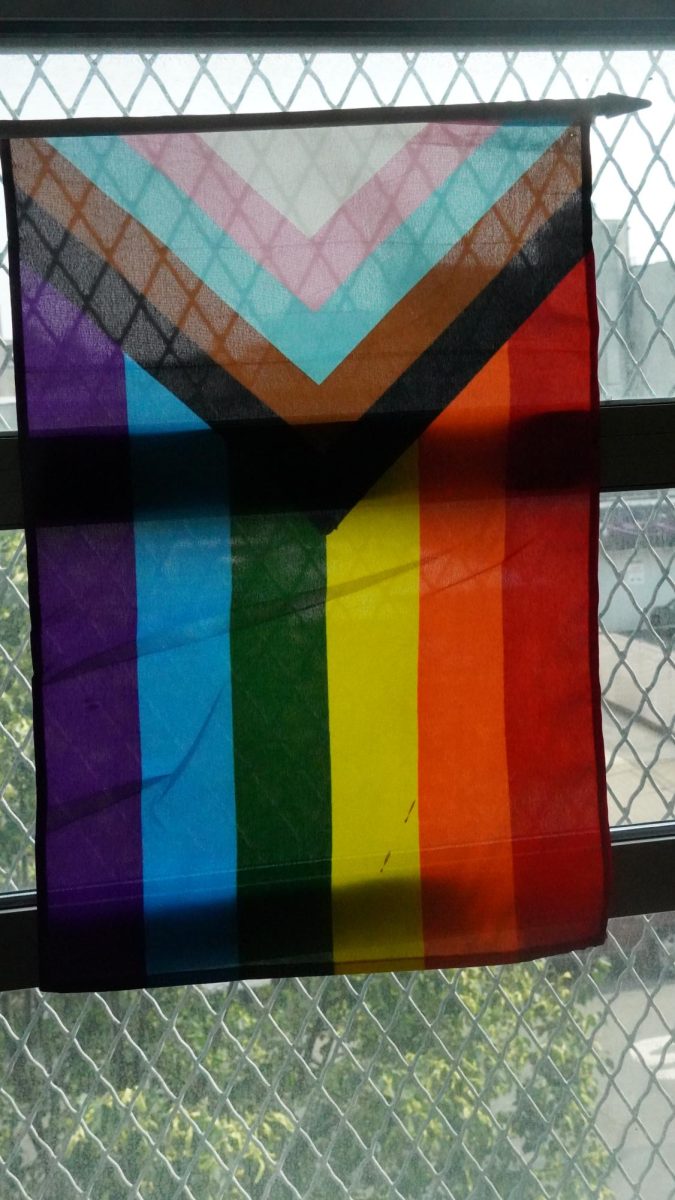I had my first experience with the Assassin’s Creed franchise at age 9, playing Assasin’s Creed III: Liberation. I was fascinated by the storyline and allure of the protagonist: Aveline, a female assassin who liberated enslaved people in French Louisiana. That was almost nine years ago. I am seventeen now—I just committed to Howard University—and so much has changed. But the Assassin’s Creed franchise’s ability to develop compelling stories and dynamic characters has not.
The newest installment of Assassin’s Creed Shadows features two protagonists who are ensconced in feudal Japan: a samurai, Yasuke and a shinobi (a ninja): Naoe. The game begins with Yasuke, an African servant and bodyguard accompanying Jesuit missionaries in Japan. He’s instantly an enigma; the NPC’s stare at him in utter shock. It was slightly funny; I too found myself trying to piece together his origins and backstory. Interestingly, he remains a mystery until almost 14 hours into the gameplay. I often found myself wondering when I would finally be able to play as Yasuke. Still, I genuinely enjoyed playing as Naoe for the first part of the gameplay.
Naoe is just as dynamic. With Naoe, The Assassin’s Creed franchise has perfected the art of creating anti-villains (noble assassin’s if you will). Naoe’s identity and complexity as a character is woven seamlessly throughout the gameplay. She’s a skilled assassin, but she’s also a teenage girl navigating a complicated world. At times, she visits temples to pray and make offerings, which gives her “blessings” of increased effectiveness and health as she carries out assassinations. Once she made a pit stop on the way to kill an enemy in order to meticulously paint a monkey. Moments like this are sprinkled throughout the gameplay, they allow players to see her duality: a vengeful, calculated yet empathetic assassin.
As an assassin, Naoe is driven by revenge as well as grief. In the beginning of the storyline, Naoe’s father, affectionately called Chichiue, is murdered and dies in her arms. Although he dies fairly early, I enjoyed how the game allowed me to learn more about him through flashbacks.
Throughout, Naoe can go to certain spots on the map to practice Kuji-Kiri, a form of meditation. When she meditates, you get flashbacks to Naoe’s life before her father died. Some flashbacks are lighthearted and wholesome, like Naoe’s father teaching her how to fight. Others are heavier, like Naoe’s first murder. After she practices this meditation, the player gets knowledge points that allow them to level up Naoe’s abilities. Essentially, Naoe’s current strength is enhanced by knowledge of her past, which is powerful.
As someone who has never been very skilled in combat games, I began to realize that my fighting skills were lacking. But, for most players, the combat controls should be generally easy to get the hang of. Naoe is a shinobi, so when fighting more powerful enemies like samurais, parrying and dodging is very necessary. Before I realized this, I often found myself raging over being killed by “brutes,” as I began to call them. Thankfully, Naoe’s stealth and parkour skills are pretty solid. I often completed quests and contracts with stealth assassinations or by throwing kunai at targets from a distance. My favorite quest was one where I had to first learn the art of tea ceremonies in order to infiltrate a tea party, gather intel, and identify a target. I ended up killing the wrong target at first but I eventually tracked down the correct one.
Apart from the main storyline quests, there are several engaging side quests. During one quest, I helped a warrior monk named Yaya find a prized possession that belonged to her late husband. By completing this side quest, I gained her as an ally. During combat, I was able to call her to help me fight—which definitely saved me many times. The combat music is fun; the style is a mix of upbeat trap with traditional Japanese music. I never would have expected that combination, but it works somehow!
Yasuke’s fighting and movement style are quite different from Naoe’s. He has much more strength and power. As a result, he relies on mostly brute force instead of stealth. I looked forward to playing as Yasuke but when I was finally able to, I found myself annoyed with his slow movement and parkour skills. He’s big and honestly a little bit clumsy. I remember one of the NPC’s asking, “Who is that giant?” which was pretty funny. When you finally get the opportunity to play as him, you can’t actually complete the quests that allow you to recall his past memories until you reach a higher level. When playing as Yasuke, I found myself missing Naoe’s playing style. When Yasuke is leveled up, his mechanics and combat style may become more enjoyable. However, it is also possible that he’ll never be as agile as Naoe because he simply wasn’t designed to be.
I often veered off task and assassinated unassuming guards for loot and XP. But honestly, if you don’t take some time to mindlessly run around and enjoy the huge open world, are you even getting the full Assassin’s Creed experience?
It’s almost impossible to not explore the open world and viewpoints: the graphics and artwork are gorgeous. The game is full of ornate castles, temples and other feudal Japanese architecture. The changing of seasons allows you to appreciate the unique graphics, they also create varying gameplay conditions. The cover of rain and increased foliage during certain seasons makes stealth easier. In other seasons, snow makes movement slower and stealth opportunities scarce. Also, by manually changing seasons you can replenish scouts, characters who make the tracking of quests easier.
Assassin’s Creed Shadows effectively blends stunning visuals, intuitive gameplay and most importantly, captivating protagonists. Japanese culture and history are showcased through visuals and detailed entries in the Codex: a reference source describing historical facts, locations and events. The game mechanics and playing style may change throughout different games in the series; but overall, the ability to make characters worth playing is timeless.
Originally published by The New York Videogame Critics Circle: https://nygamecritics.com/2025/04/15/the-insight-saniah-became-joyfully-lost-in-ac-shadows-wide-world-and-deep-story/


